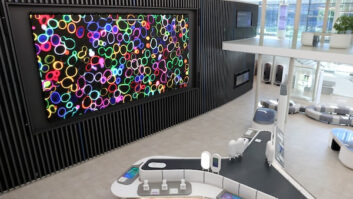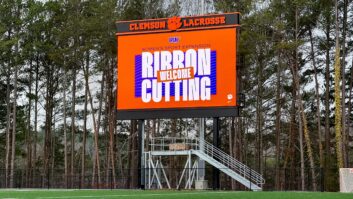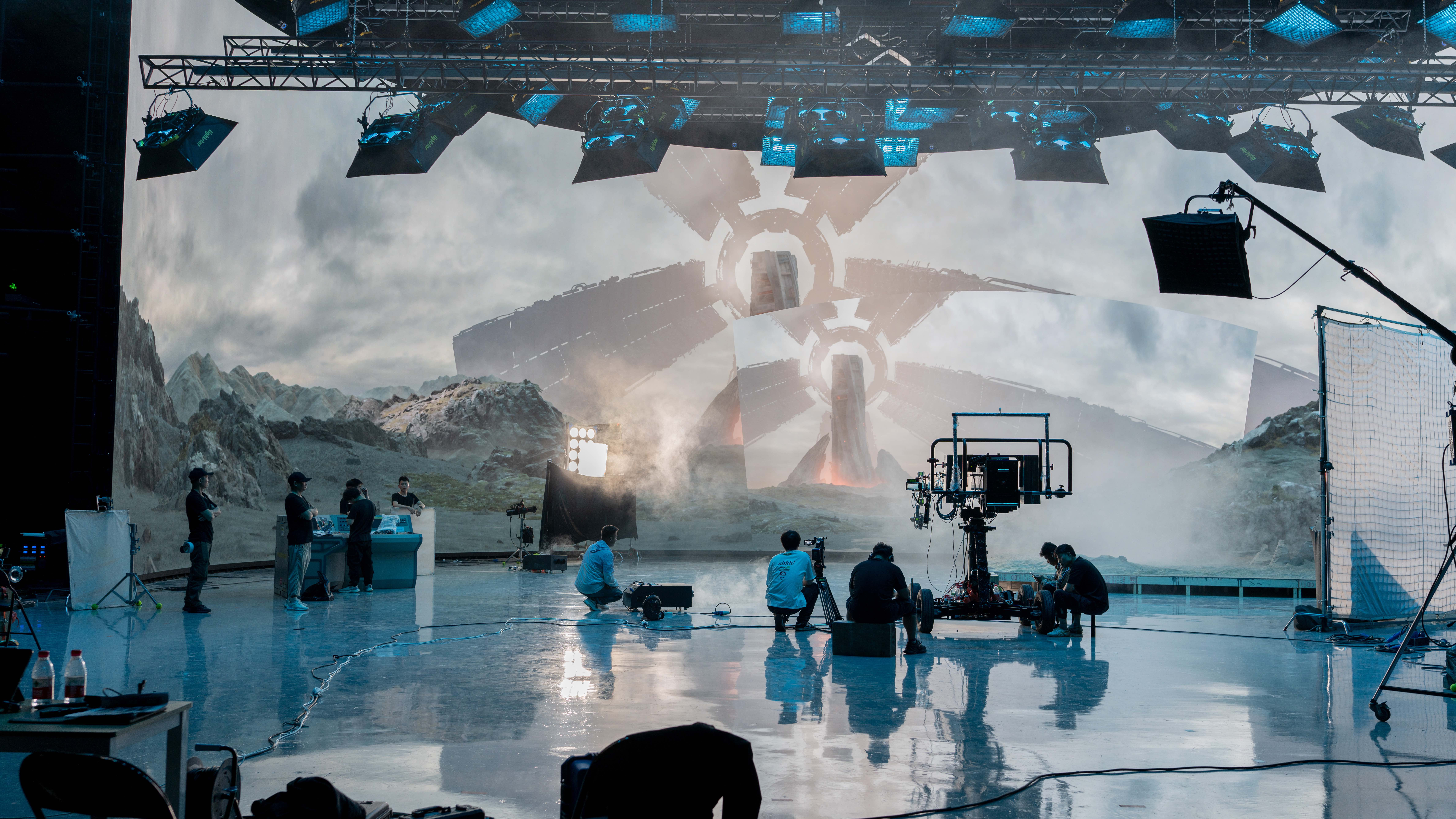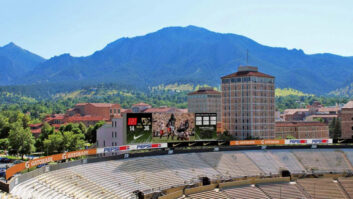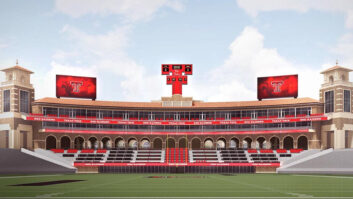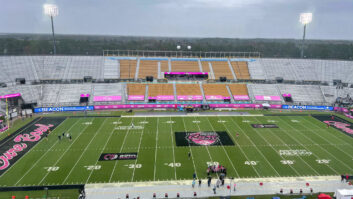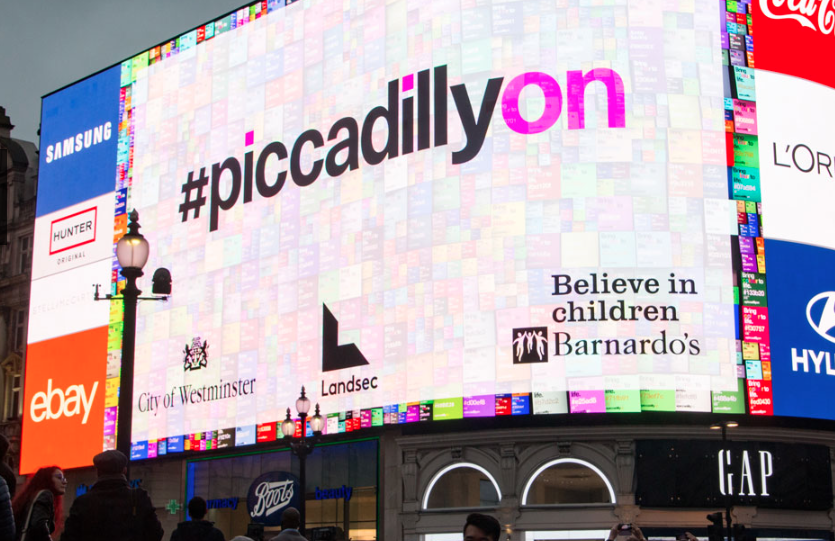
AVTE speaks to Daktronics head of international marketing, Jason Melby about rebuilding the Piccadilly Lights in one of the busiest areas of London
Hi Jason. Why was Daktronics chosen for the project of rebuilding one of the most iconic advertising spaces in the world?
Daktronics has a long history with Land Securities (Landsec) and Piccadilly Lights. Over the years, Piccadilly Lights has evolved and reinvented itself many times. The technology has shifted from static to neon, to incandescent to LED. We have provided several of the displays at Piccadilly Lights dating back into the early 2000s.

We were invited to tender for the project along with other top-tier manufacturers from around the world. Several elements contributed to being selected. We have long history of delivering complex and high profile projects and our past history with Piccadilly Lights and our responsive service department were important elements of the selection process. We were also able to offer an 8mm surface mount (SMD) LED solution that perfectly filled the space at a 4K resolution, which was important for this renovation.
Given the environment, how much of a challenge was it in building the new screen?
Installing a display in one of the busiest traffic location in London was a challenge. Display sections had to be stored off-site and delivered specifically for each shift of physical installation. Sections were delivered in the early morning hours and installation took place throughout the day behind a specially constructed scaffold structure in Piccadilly Circus.
The logistics of working in one of the world’s most heavily travelled intersections added a significant challenge
How long did it take to complete?
The installation timescale was approximately ten months, which included building a scaffold system in front of the building facade, decommissioning the existing six screens, removal and reconstruction of the support structure, and installing the 640 sections of the new display. Again, the logistics of working in one of the world’s most heavily travelled intersections added a significant challenge to the project.
The sections were housed off-site during construction and delivered in batches several times per week. The display has a very unique asymmetrical curve, which required precision in the delivery and installation process to make sure the correct sections were delivered and installed precisely to ensure a proper seamless fit.
How will they cope with the British weather?
The modules carry IP 67 ratings, so are protected against dust and water immersion. Tiles will typically last for 100,000 hours.
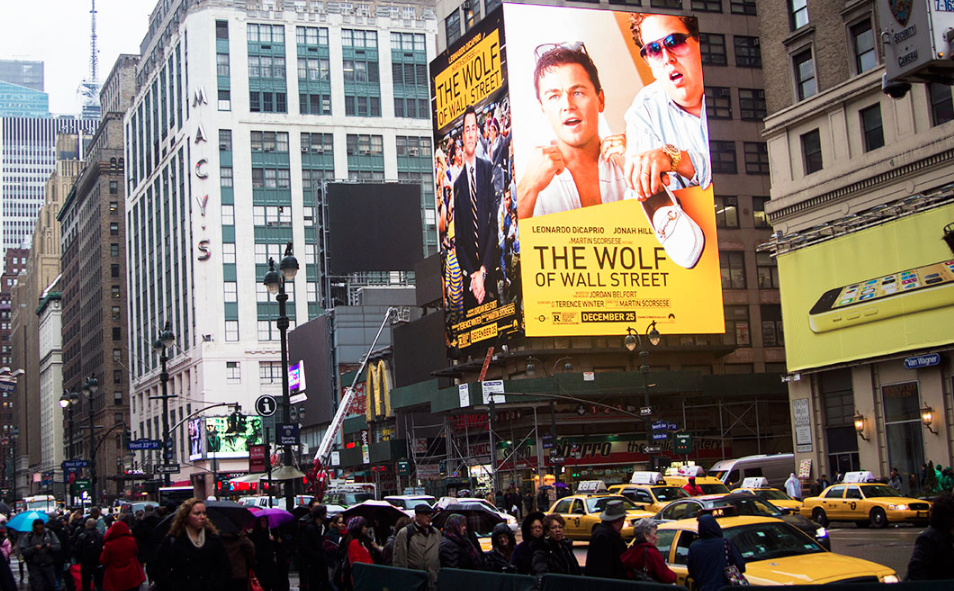
How do you compare this project to others you’ve completed?
This is one of the largest installations we’ve completed within the unique time constraints of installation hours. It is the first 4K 8mm outdoor video display that we are aware of in the world. The screen features cutting-edge technology for an outdoor application to always ensure pristine image quality and a long lifetime.
Is this the most iconic landmark you’ve been part of?
This is definitely one of the most iconic locations in the world for Daktronics. Other prominent locations we’ve worked in include Times Square, the Las Vegas Strip, Wembley Stadium and Mercedes-Benz Stadium.
www.daktronics.com
